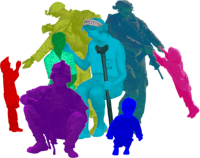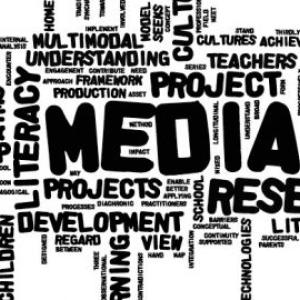We define Media as follows (click link for full definition): Media is the creative byproduct of a serious investigation.
We have an amazing team of Save the Children Media Corps Members who are busy researching and producing creative and informative materials on the topics of Child Trafficking and Human Slavery.
Very soon you will see this page fill up with these materials categorized by the following:
Academic Research and Publications
Documentary Film and Television
Educational Media
Journalism
Literature and Creative Writing
Online Platforms and Blogs
Podcasts and Audio Storytelling
Public Speaking and Lectures
Visual Arts and Photography
In the meantime, and particularly if you are a creative investigator, please see information about the Save the Children Media Membership Project and Resources below so that you can jump in and sharpen your skills.



